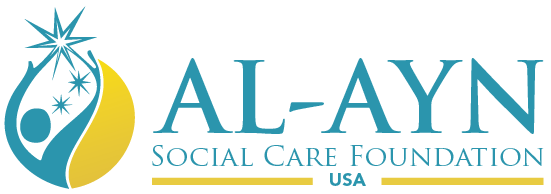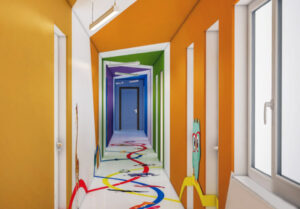 Donate
Donate
 Donate
Donate
Surplus
Deductions
Total amount subject to Khums $0
Khums Due $0
Sahm al Imam to be paid $0
Sahm al Sada to be paid $0

The Hikayati Center is a state-of-the-art child development facility currently under construction in Najaf, Iraq. The Hikayati Center will be home to a robust initiative that endeavors to empower orphans through personal development training, educational workshops, and recreational activities. Registrants will benefit from tailored programs and participate in interactive workshops geared towards building confidence, self-esteem, and social skills. In addition, they will have access to qualified professionals to help mentor them along the way. The project seeks to help orphans realize their full, God-given potential so they can settle in a comfortable place in their social context.
Our approach lends itself to help orphans assess their skills and qualities, consider their aims in life and set goals in order to realize and maximize their potential. We believe that all individuals possess inherent potential in their own capacity to do great things. The primary goal is to tap into that potential and empower individuals to build their self-esteem and inspire confidence in all that they do. We feel this begins by instilling a deep sense of identity that goes a long way in breeding self-worth and contributes to the realization of dreams and aspirations. The underlying goal is to build lasting relationships that extend beyond the classroom. To that end, we brought on board a number of qualified professionals with years of experience in the field of development to assist us in this endeavor. Instructors are thoroughly vetted to serve not only as teachers, but mentors as well.

Upon completion, The Hikayati Center will stand four floors tall and feature a child-friendly theme that was designed in conjunction with psychiatrists and child specialists. The aim is to create an environment that promotes talent and creativity, and more importantly, offers children a sense of belonging.
Inside the facility, children will find no shortage of exciting amenities. To name a few, the center will feature dorms, free drawing walls, ‘anger release rooms’ (to let off some steam) a science center, library, and even a cinema! Outside, children will enjoy lush gardens, bonfire areas, a jungle gym, and a water park. We envision the Hikayati Center as being a place where children can reclaim the magic that is the hallmark of child’s play – the ability to learn in a natural environment through exploration, discovery, and the power of their own imaginations.